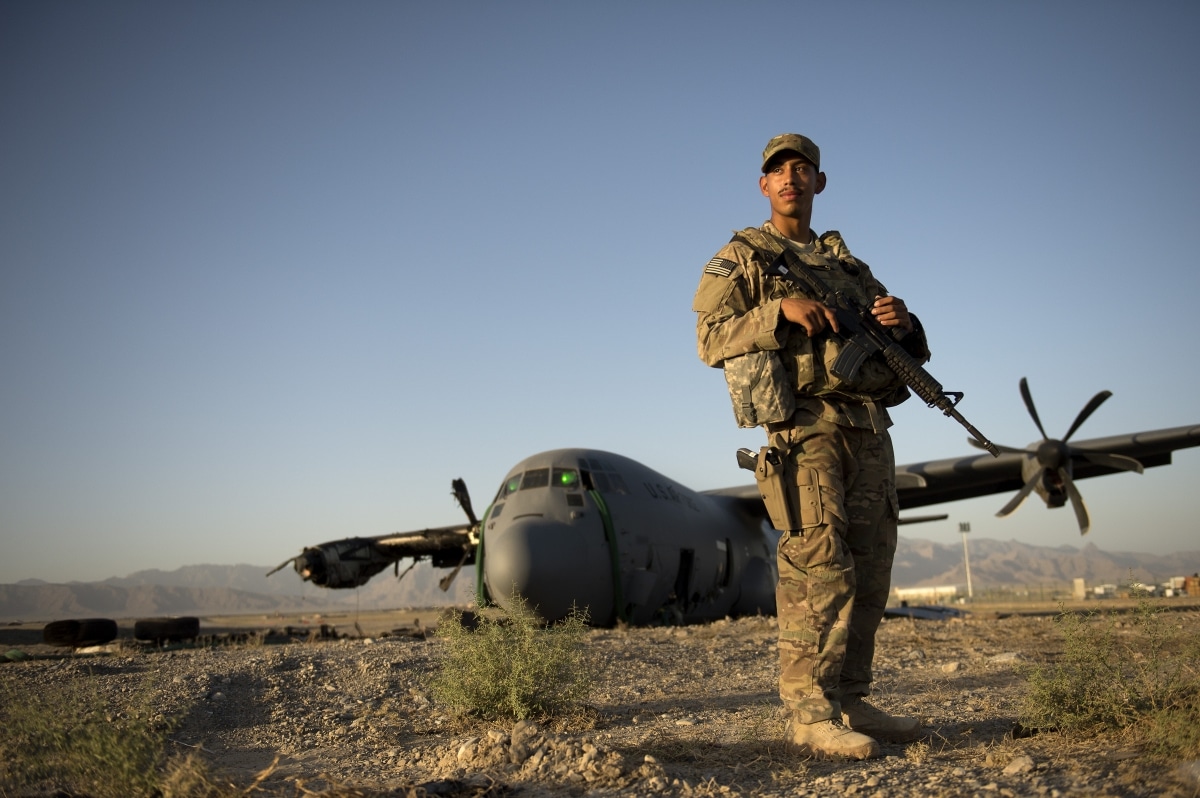Air Force Special Operations Command is researching technologies to convert the MC-130J airlifted into a float plane to gain runway independence and allow operations over water bodies. The concept has been under investigation for over two years and has drawn interest from Japan’s ShinMaywa US-2 amphibious aircraft as a possible interim solution. In addition to this, the command is partnering with the Defense Advanced Research Projects Agency on the Speed and Runway Independent Technologies (SPRINT) X-plane demonstration project, targeting high-speed and runway-independent air mobility platforms.
Key Points:
- The Air Force Special Operations Command has been studying a concept for over two years to bolt pontoons onto an MC-130J airlifter and turn it into a float plane. This concept aims to make nearly three-quarters of the planet, essentially the water bodies, serve as runways.
- The command is considering the ShinMaywa US-2, a fixed-wing amphibious aircraft used by the Japan Self-Defense Force, as a potential interim solution. However, all acquisition strategies are still under consideration as they aim to attain runway independence and amphibious capability.
- The Defense Advanced Research Projects Agency and the command are working on the Speed and Runway Independent Technologies (SPRINT) X-plane demonstration project to create an aircraft that demonstrates speed and runway independence for future air mobility platforms.
- AFSOC’s ultimate requirement in the new X-plane is high-speed, regardless of the exact speed. This will be a three-phase project, with the first phase seeking proposals.
- Despite the rise of “flying cars” or electric-hybrid, runway-independent vertical takeoff and landing vehicles, none have met the requirements for special operations missions. The command plans to begin a program with DARPA in 2024 to explore hybrid-electric aircraft, focusing on speed enhancement.






